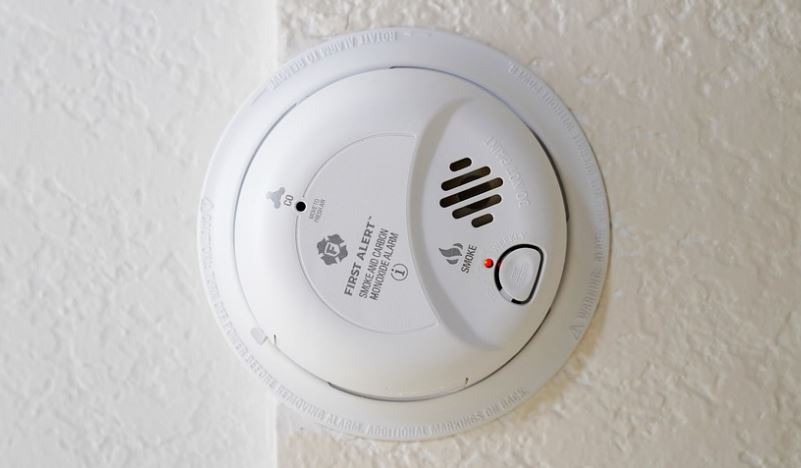Carbon monoxide is an odorless, colorless, and tasteless gas that can cause death by asphyxiation. It is produced by the incomplete burning of fuels such as gasoline, propane, natural gas, and coal. Symptoms of carbon monoxide poisoning include headache, dizziness, nausea, vomiting, and confusion. In severe cases, carbon monoxide can lead to death. The best way to protect yourself from carbon monoxide poisoning is to install a carbon monoxide detector in your home. A carbon monoxide detector will sound an alarm when carbon monoxide levels reach a dangerous level.
If you are using a fuel-burning appliance, such as a furnace, stove, oven, heater, or fireplace, be sure to keep the area around the appliance clear of debris and obstructions. Do not block the vents or air intakes on the appliance. Be sure to have your furnace and chimney inspected and cleaned annually. If you are using a portable generator, be sure to keep it outdoors and away from the home. It is imperative that you make yourself aware of the dangers of carbon monoxide and take precautions to safeguard your home and family. Let’s look at some ways to stay safe against carbon monoxide.
Install a carbon monoxide alarm.
If you are wondering how to test for carbon monoxide, installing a quality, properly working carbon monoxide detector in your home is the best way to protect yourself. As discussed, carbon monoxide is a colorless and odorless poisonous gas that is very difficult to detect without an alarm device. CO detectors provide an early warning signal of the presence of CO in your home so that you can take the necessary precautions to protect your loved ones.
In general, carbon monoxide is slightly lighter than air and can easily mix with warm, rising air. As a result, it is recommended that detectors are installed on a wall about 5 feet above the floor. You can also place your detector on the ceiling if you don’t have appropriate wall space. The most important thing is to place your CO detector in an area where it can be easily heard in the event of an alarm. You also want to avoid installing a detector next to or over a fireplace or flame-producing appliance, which could create numerous false alarms.
Once you have your detectors installed, maintaining them is a very important task that should not be neglected. Always follow the manufacturer’s instructions for use and cleaning. Additionally, you’ll want to test your carbon monoxide detector frequently to ensure proper operation. Most experts also suggest replacing the batteries whenever you change the batteries on your smoke alarms.
Call a professional and open the windows and doors.
If you think you may have a carbon monoxide leak in your home, the first thing you should do is open windows and doors to air out the house. This will help to get rid of any carbon monoxide fumes and improve the air quality in your home. You should also avoid using any appliances or devices that produce carbon monoxide. It is also imperative that you call a professional immediately to inspect your heating system and other appliances for leaks. A professional can help you identify and fix any problems and can also provide you with advice on how to stay safe in the event of a carbon monoxide leak. Safety experts and fire professionals also suggest evacuating the home to avoid potential exposure.
Know the signs of carbon monoxide poisoning?
Carbon monoxide can cause numerous health consequences, and it is even responsible for more than 400 deaths in the United States every year. More than 20,000 people visit the emergency room annually, and 4,000 are hospitalized for carbon monoxide poisoning. People with heart disease, respiratory diseases, anemia, or who are pregnant are at increased risk for CO poisoning.
The earliest and most common symptoms of carbon monoxide poisoning are headache, dizziness, weakness, nausea, vomiting, and confusion. These symptoms are often mistaken for the flu or other illnesses. Other common symptoms include shortness of breath, chest pain, and fainting. It is important to pay attention to any symptoms that seem out of the ordinary or come on suddenly, as conditions can deteriorate quickly.
Carbon monoxide can be dangerous at certain levels inside your home. You can protect yourself by installing a carbon monoxide detector, ensuring your home is properly ventilated, and keeping all fuels burning appliances in good working order.

